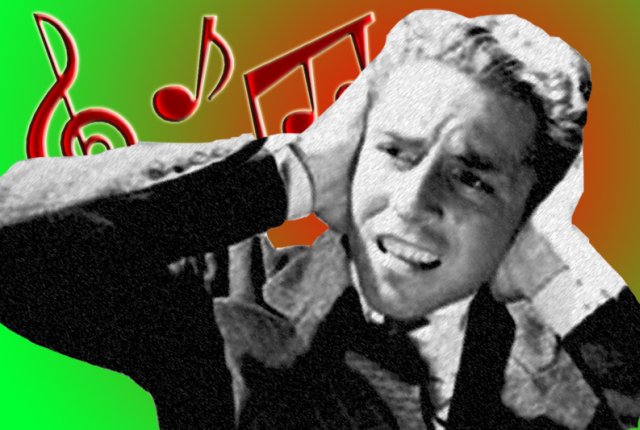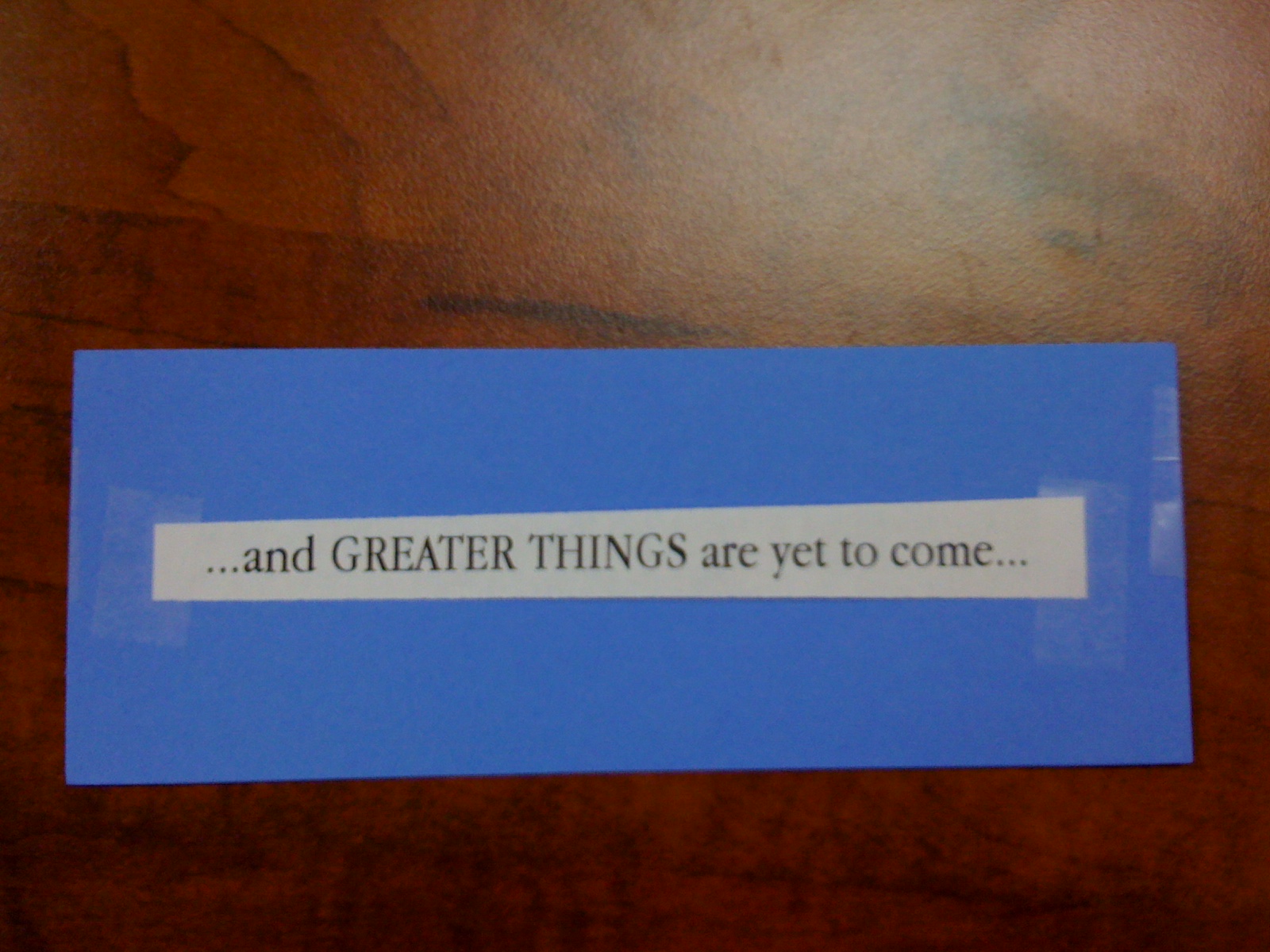Thursday Hymn Reflection: “Ten Thousand Angels”
[NOTE: Each Thursday, we “reflect” on a hymn, usually suggested by our readers. If you have songs you would like us to add to our list, leave a comment with up to three suggestions, and we’ll add them.]
———————————–
In the hymnal Songs of the Church, it’s number 507. I know that because I used that hymnal for years growing up, but also because, if my memory serves me correctly, “Ten Thousand Angels” is the first song I ever attempted to lead. I was a very little boy, but brother Dan Matthis led me stand up in front of the congregation in Vienna, Illinois, and try to lead this song. (He led it…I just stood there. But, that’s where it starts for most of us).
The most well-loved and most often-recorded song of the late songwriter Ray Overholt, “Ten Thousand Angels” is fairly new to be as widely sung and loved as it is. The song was not written until 1959, but quickly gained fame among country and bluegrass artists, many of whom have recorded the song.
The four verses of the hymn simply tell the story of Jesus, as He went through the final hours before the cross. Beginning with His arrest in the Garden of Gethsemane, the song “hits the major points” of Christ’s suffering, culminating with His words, “It’s finished.” What makes this song unique, though, is that it does not only talk about the cross. Rather, it speaks to what was going on around Christ as He was there. There is the laughing, the scorn, Mary’s presence, the striking and cursing of Christ, and many other things that are often left out of our hymns.
For many, the most touching part of the song is verse 3, which begins by stating, “When they nailed Him to the cross, His mother stood nearby.” Very few songs mention the presence of Mary, but that simple line is enough to remind us of the true humanity of the moment.
My favorite line, though, is the last line of the last verse. After all the description of the horrors of pain and mocking, Ray Overholt was able to state the purpose of it all: “Salvation’s wondrous plan was done.” Who would ever think of all this as “wondrous?” But it most certainly was.
Of course, the song gets its name from the chorus, where we sing that Jesus didn’t have to go through with this. He could have called angels. The song, poetically, states that He could have called 10,000, but we know He could have called far more, “to destroy the world and set Him free.” But, in an extremely simple but poignant line, we end the song with the words, “But He died alone, for you an me.”
While singing the song with all four verses followed by the chorus has been done many times, I still think that presents the overall message of the hymn the best. If you have never sung the song in that manner, do so, as the verses tell and unfolding story, and then we are struck with the power of the chorus.
Here are the lyrics to this Overholt hymn:
They bound the hands of Jesus in the garden where He prayed;
They led Him thro’ the streets in shame.
They spat upon the Savior so pure and free from sin;
They said, “Crucify Him; He’s to blame.”
Upon His precious head they placed a crown of thorns;
They laughed and said, “Behold the King!”
They struck Him and they cursed Him and mocked His holy name
All alone He suffered everything.
When they nailed Him to the cross, His mother stood nearby,
He said, “Woman, behold thy son!”
He cried, “I thirst for water,” but they gave Him none to drink.
Then the sinful work of man was done.
To the howling mob He yielded; He did not for mercy cry.
The cross of shame He took alone.
And when He cried, “It’s finished,” He gave Himself to die;
Salvation’s wondrous plan was done.
He could have called ten thousand angels
To destroy the world and set Him free.
He could have called ten thousand angels,
But He died alone, for you and me.
——————————-
As you reflect on this great hymn, enjoy the following recording of it.



3 Comments
Pingback:
Bonnie
I have been trying to find out who did this particular recording of He could have called ten thousand angels. It would be a real blessing if someone could tell me the name of the album and the artist that did this particular recording. I would like more of their music. Thank you.
Adam Faughn
Bonnie,
Thank you for your comment. I don’t know who this recording is by. I just found it on YouTube. Sorry I can’t help. Maybe if you contact the person who uploaded it to YouTube they can help you.
Adam